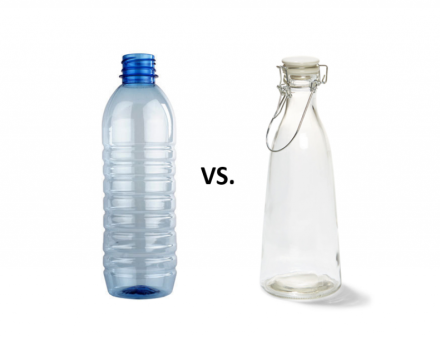At Sunex we are using our deep design expertise, understanding of material properties, and state-of-the-art high-volume manufacturing process to deliver Digital Imaging Systems based on plastic, glass, and glass/plastic hybrid elements depending on the application, performance and environmental requirements of our clients from the Automotive, Security, VR/AR, Robotics, and Medical industry around the globe.
For the 1998 SPIE-Conference, Sunex Founder and CEO Alex Ning wrote a whitepaper discussing the key factors to consider when choosing between a plastic and full glass optic. Following is an excerpt from the whitepaper, which’s content is still holding up today.
Why Plastic Optics?
Glass and plastic optics each has its own unique advantages. The properties of glass materials are very different from those of plastic materials. There are literally hundreds of different glass materials available from well-know suppliers such as Schott, Hoya, and O’hara for making glass optics. The choice for plastic materials is limited only to about half a dozen. The attached table lists the currently available plastic materials and their key properties. Generally speaking, glass materials are harder and more durable than plastic materials. Glass materials are also more stable over a wider temperature range and humidity environment than plastic. Glass is much heavier than plastic (by a factor of 2.5x to 4x). The large selection of glass materials allows the designer to chose materials with desirable optical properties to gain better optical performance. This kind of freedom is limited with plastic materials. However, plastic optics offers other design freedoms that are not achievable or economical with glass optics.
The manufacturing processes for glass and plastic optics are entirely different. Glass lenses are made by a grinding and polishing process whereas precision plastic lenses are made by injection-molding. The differences in manufacturing process provide plastic optics some unique advantages as follows:
- High-volume production capability and low manufacturing cost: Injection molding process allows very high volume production, and the unit cost can be very low. Though it is possible to achieve moderately high volume production with glass optics also, it is virtually impossible to realize the same cost reduction because the grinding and polishing process is inherently time-consuming and labor-intensive.
- Design sophistication: The grinding and polishing process makes difficult and very uneconomical to produce surface shapes other than sphere or flat in glass materials. However, the injection-molding process makes it feasible and economical to produce more sophisticated optical shapes such as asphere and diffractive surfaces in plastic provided a mold is properly made. From the design point of view, the more sophisticated surface shapes provide much better performance for many applications.
- Unique designs possible: Many useful designs that cannot be realized with glass optics can be achieved with plastic optics such as lens arrays and Fresnel lenses those are useful for a range of light dispersion and collection applications.
- Lightweight and shatter-resistant: The plastic materials are lighter weight and are more shatter-resistant. This feature is very important for head-worn optics such as headmounted displays.
- Integral mounting: For most optical applications, the individual optical components must be mounted in a system structure. With glass optics, it is done with separate mechanical mounting hardware. However, with plastic optics, it is possible to include the mounting features with the optical component. This not only reduces the overall system cost but also improves the reproducibility of the assembly.
- Consistent Quality: Plastic optics can be made with very consistent quality since all the lenses are derived from the same mold cavity (ies). Modern statistical control techniques are also been used to monitor the molding process to ensure a good yield is achieved.
The major drawbacks of plastic optics are mostly material related. For example, plastic material is more sensitive to environment changes such as temperature and humidity. In addition, the material flow pattern and shrinkage during molding also limit the surface accuracy that is achievable with plastic optics. The index distribution within a molded component may be inhomogeneous and varying with the polarization (birefringence). The chemical properties of available plastic materials also limit the performance of the optical coatings that can be deposited on the plastic materials. It is important for the optical designer to understand the advantages as well as the limitations of plastic optics before a decision is made to use plastic optics. We strongly suggest that you discuss with us before finalizing your designs
Read more about the design and manufacturing process and download the full whitepaper here: http://www.optics-online.com/dsl.asp


